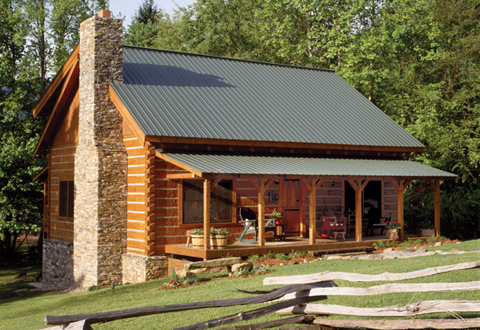
A Welcome Change of Pace
Consider the roots of log home construction: Wikipedia cites the first were built in heavily forested northern Europe, during the Bronze Age, about 3500 bc. Reflect on the use of raw logs, wind fallen or otherwise crudely harvested throughout the centuries, for tipis, lean-tos, temporary nomadic shelters. We, ourselves, as kids, may have built these primitive fortifications in our backyard woods (my brothers and I did), or on hiking expeditions in the wilderness. Fast-forward to 2013, and what w
